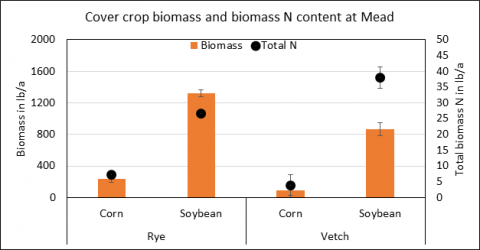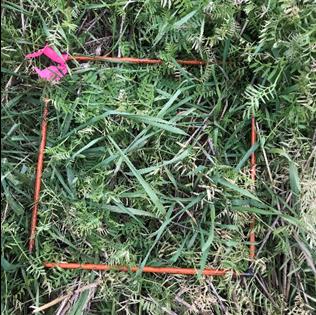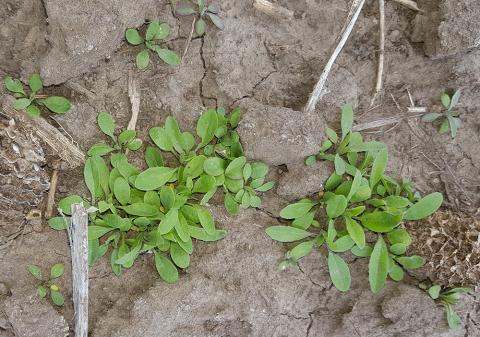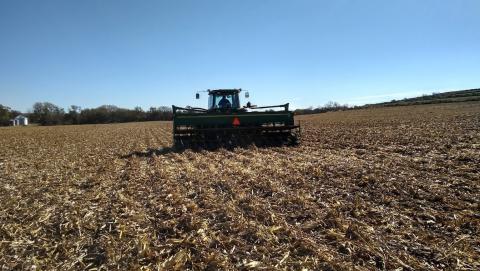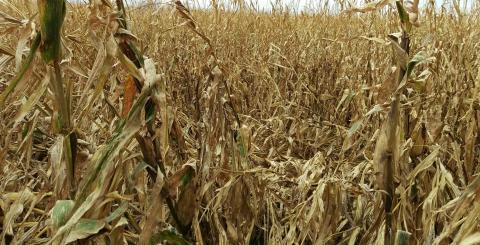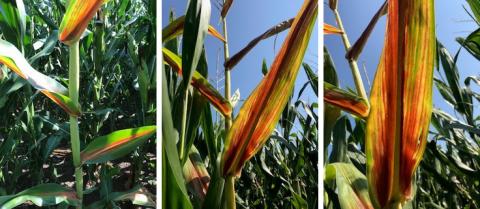Corn Growth and Development: What We Have Learned About Corn Development From Studying Ear Issues
January 23, 2019
In an effort to better understand the causal agents of ear formation issues first seen in corn in 2016-2017, researchers laid out an experiment in 2018 to typify types of ear formation damage as well as possible factors contributing to damage.
Cover Crops Benefit Nebraska Agroecosystems In Many Ways
January 9, 2019
Across Nebraska, the use of cover crops is increasing. Most commonly, winter cover crops are planted during the fallow period between corn or soybean harvest and the next crop. However, other windows for cover cropping exist in Nebraska.
Impact of Cover Crop Management on Rainfed Corn Production in Western Nebraska
January 9, 2019
Researchers report their findings from a one-year cover crop study at two sites in western Nebraska to study the impact of planting and termination dates and cover crop species selection. This article is part of the Crop Production Clinic Proceedings 2019.
Management of Glyphosate-Resistant Marestail in Fall
October 25, 2018
For successful marestail management in the fall, apply herbicides after harvest while weather conditions remain favorable (air temperature above 50°F). Effective control now may negate the need for an early spring burndown application.
It’s Not Too Late to Plant Cereal Rye as a Nitrogen Catch Crop Before Soybean
October 24, 2018
In trials conducted at three research stations in eastern, northeastern and south-central Nebraska, researchers investigated rye productivity and its ability to scavenge N when grown as a cover crop between full-season corn and soybeans.
Oct. 16 Corn Yield Forecast - End of Season Report
October 19, 2018
The end-of-season corn yield report finds that high temperatures during vegetative stages had little impact on forecasted yield potential. This is the final article in the series looking at simulated crop stages and yield forecasts for 41 locations across the US Corn Belt.
Assess Corn Now to Avoid Harvest Complications
September 28, 2018
With an unusually warm August and rainy September, corn growers are urged to monitor their fields and prioritize harvest to avoid some of the challenges and losses faced in 2017.
Red Corn Q & A
August 24, 2018
Are you seeing red (in your corn)? Corn leaves and stalks can take on a red appearance now due to stresses earlier in the season that affected plant photosynthetic processes. Here's why.


